Summer Show
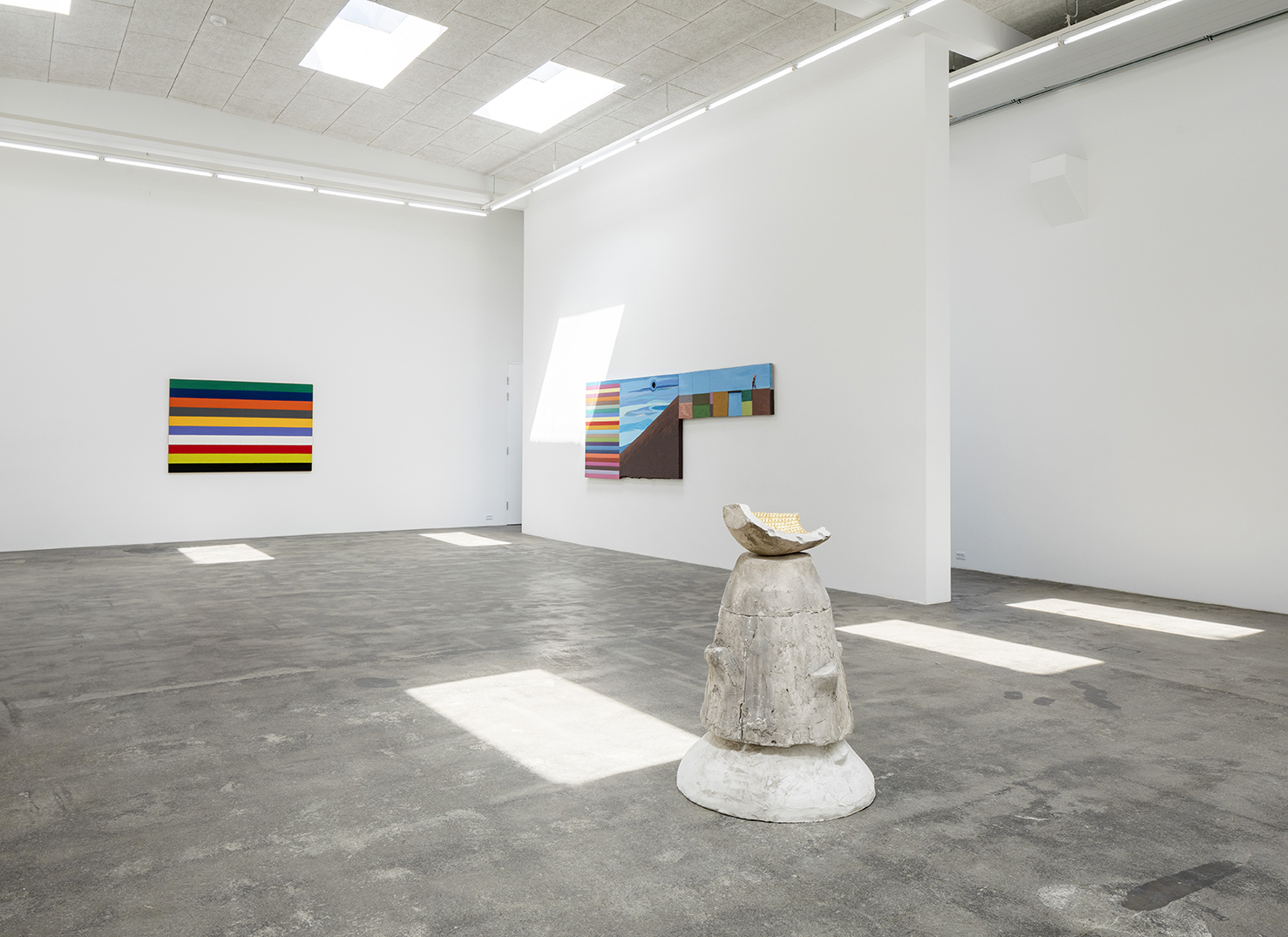
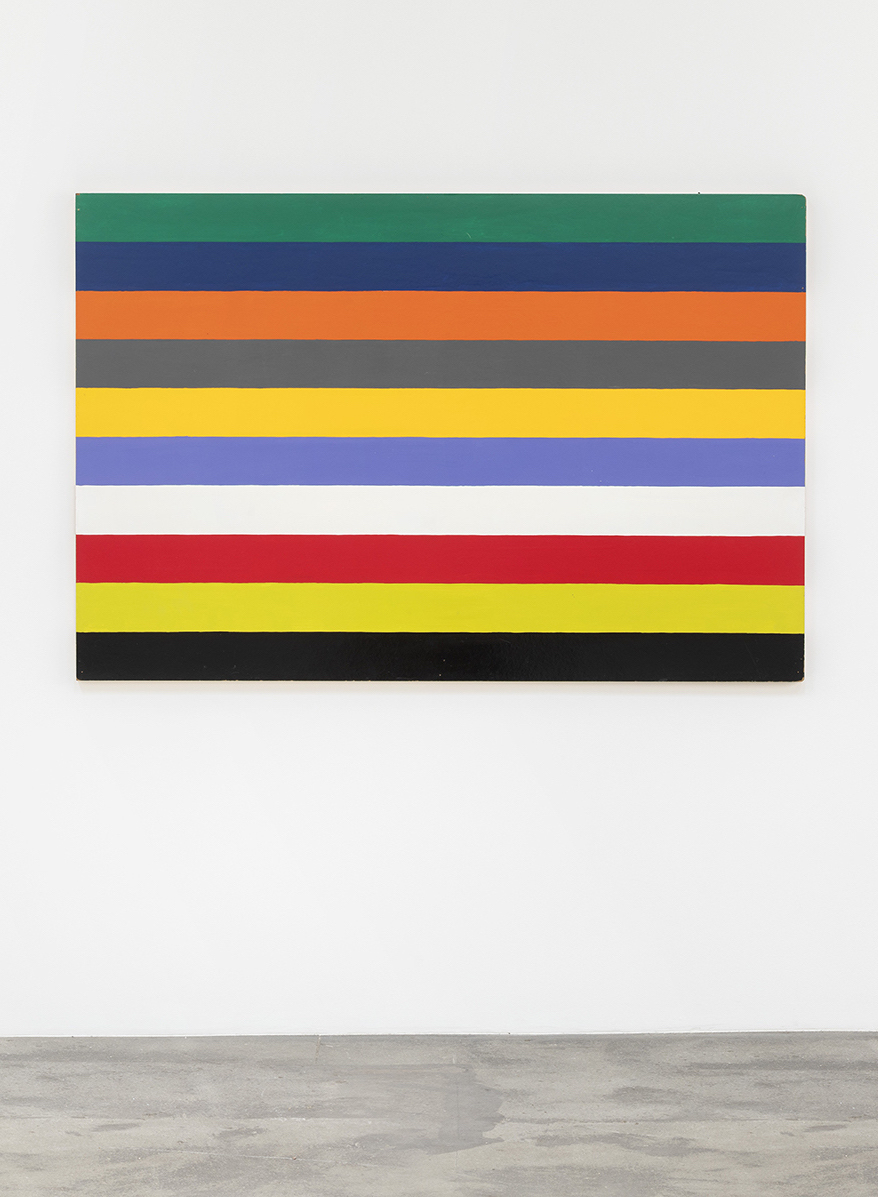
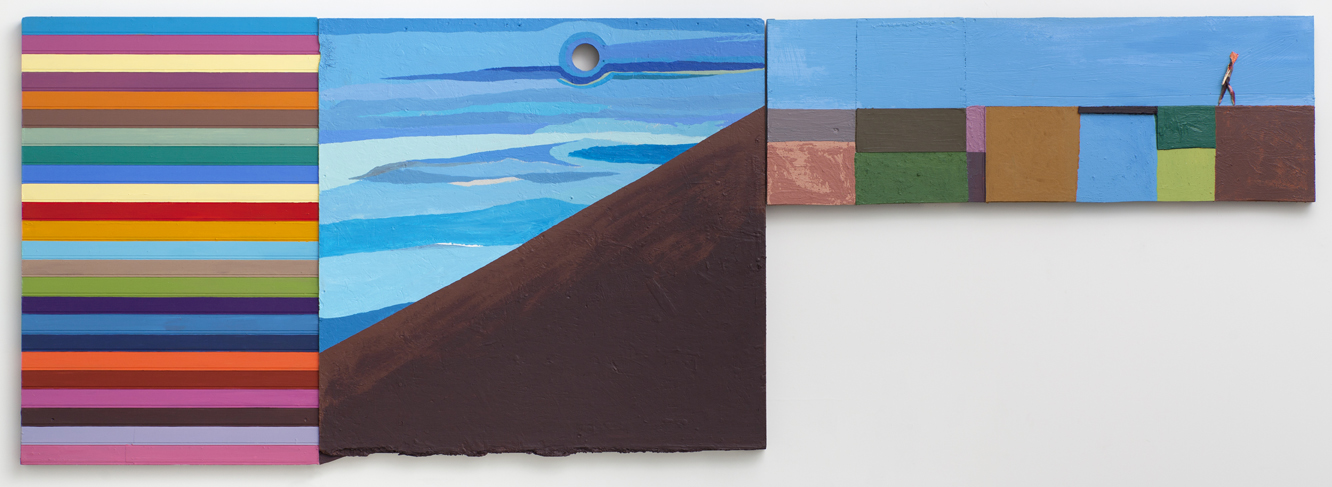
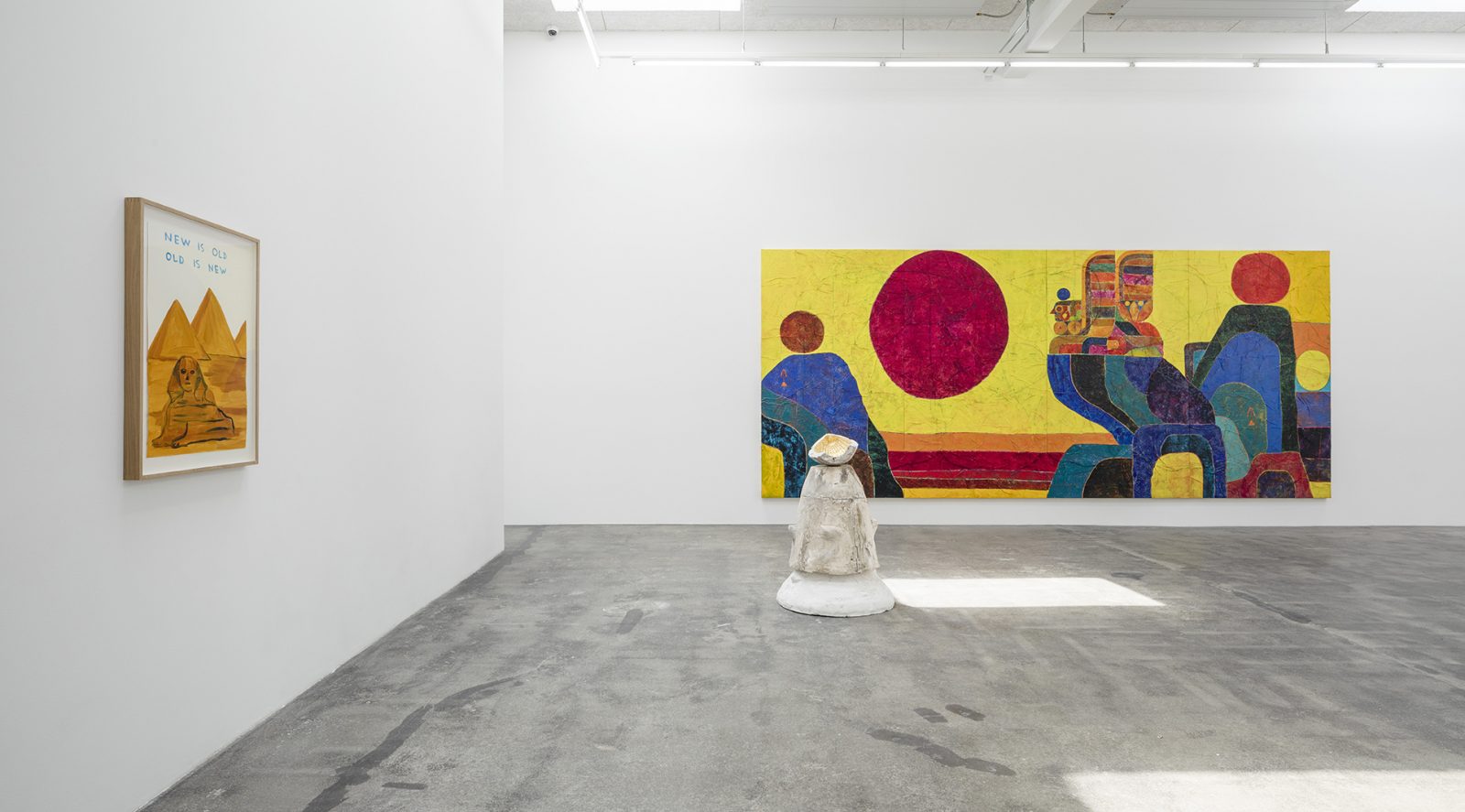
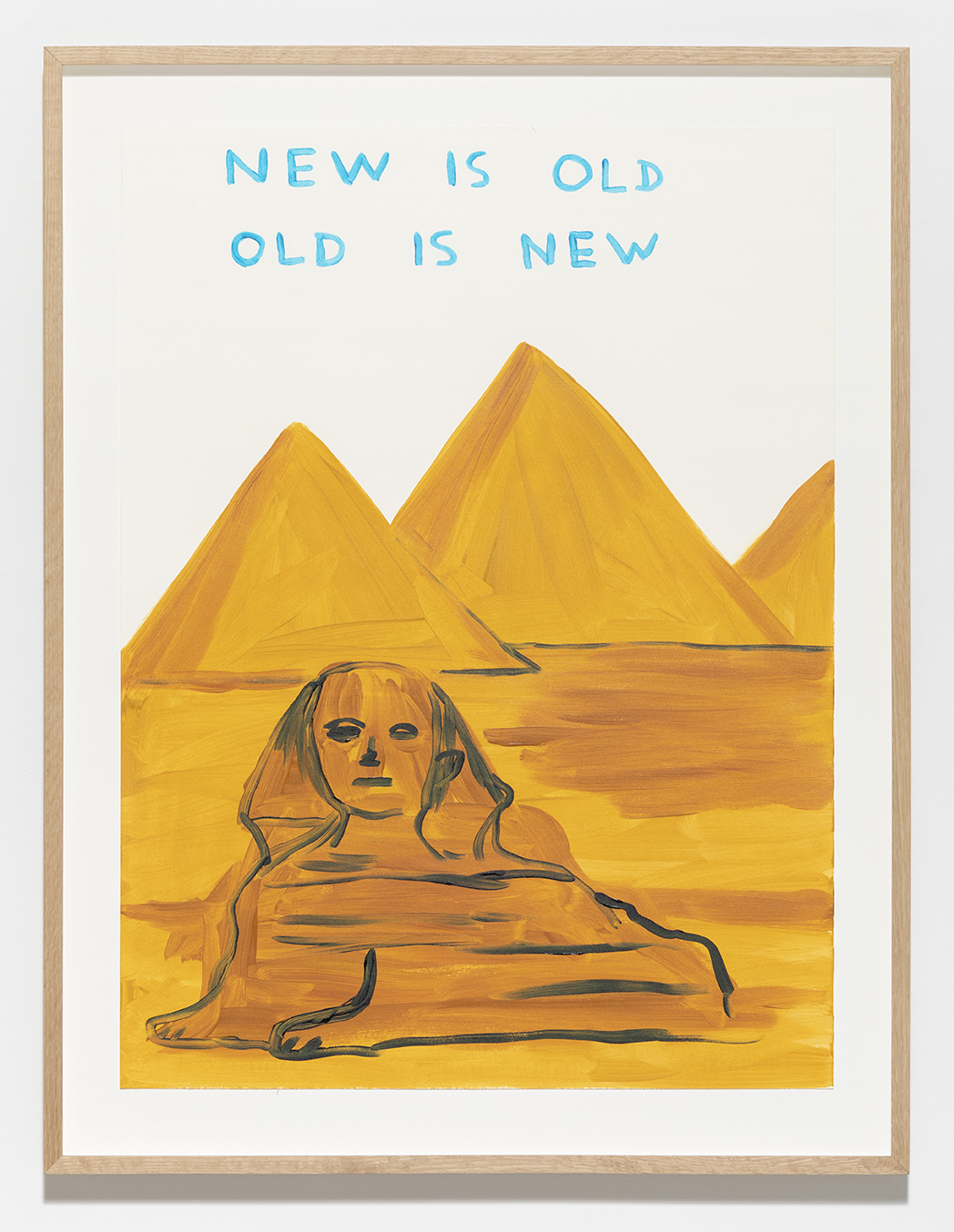
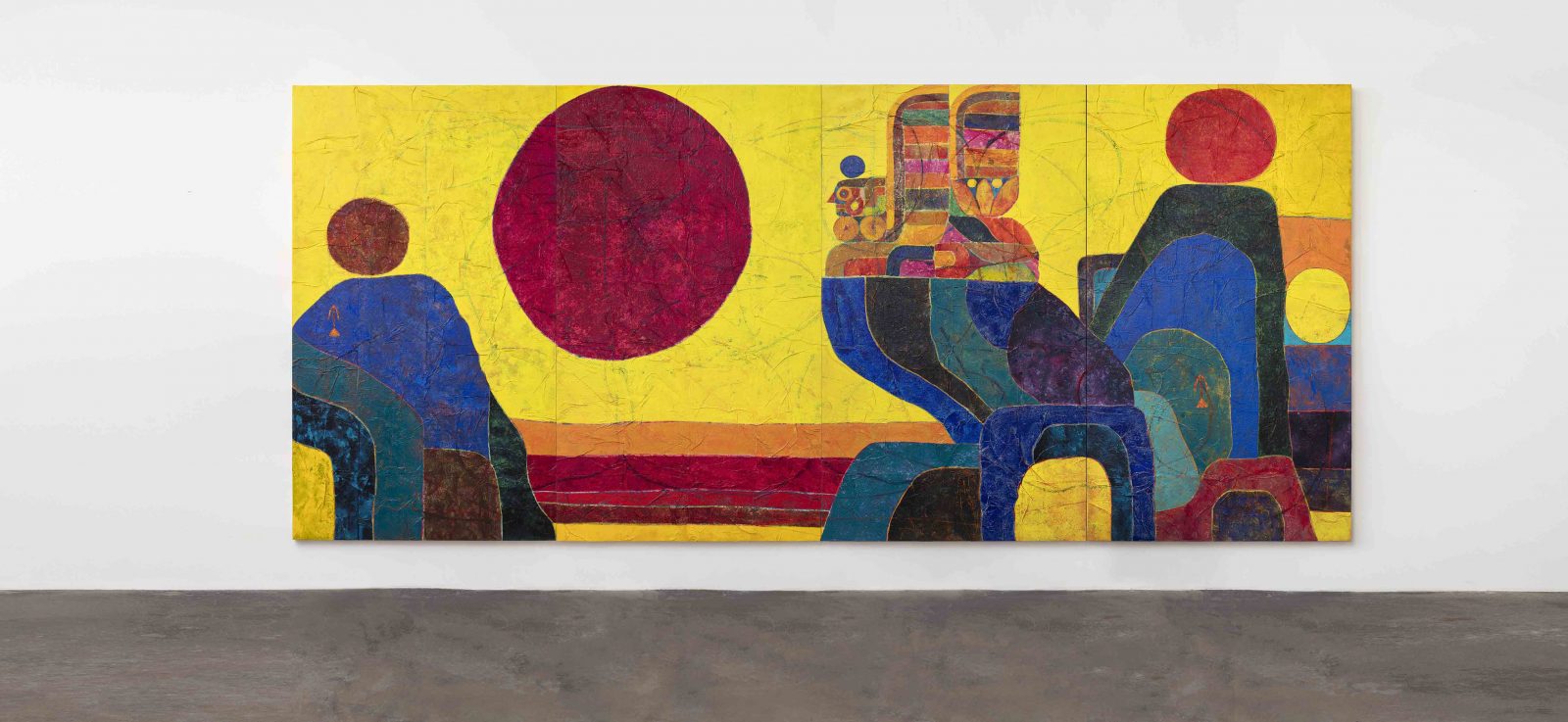

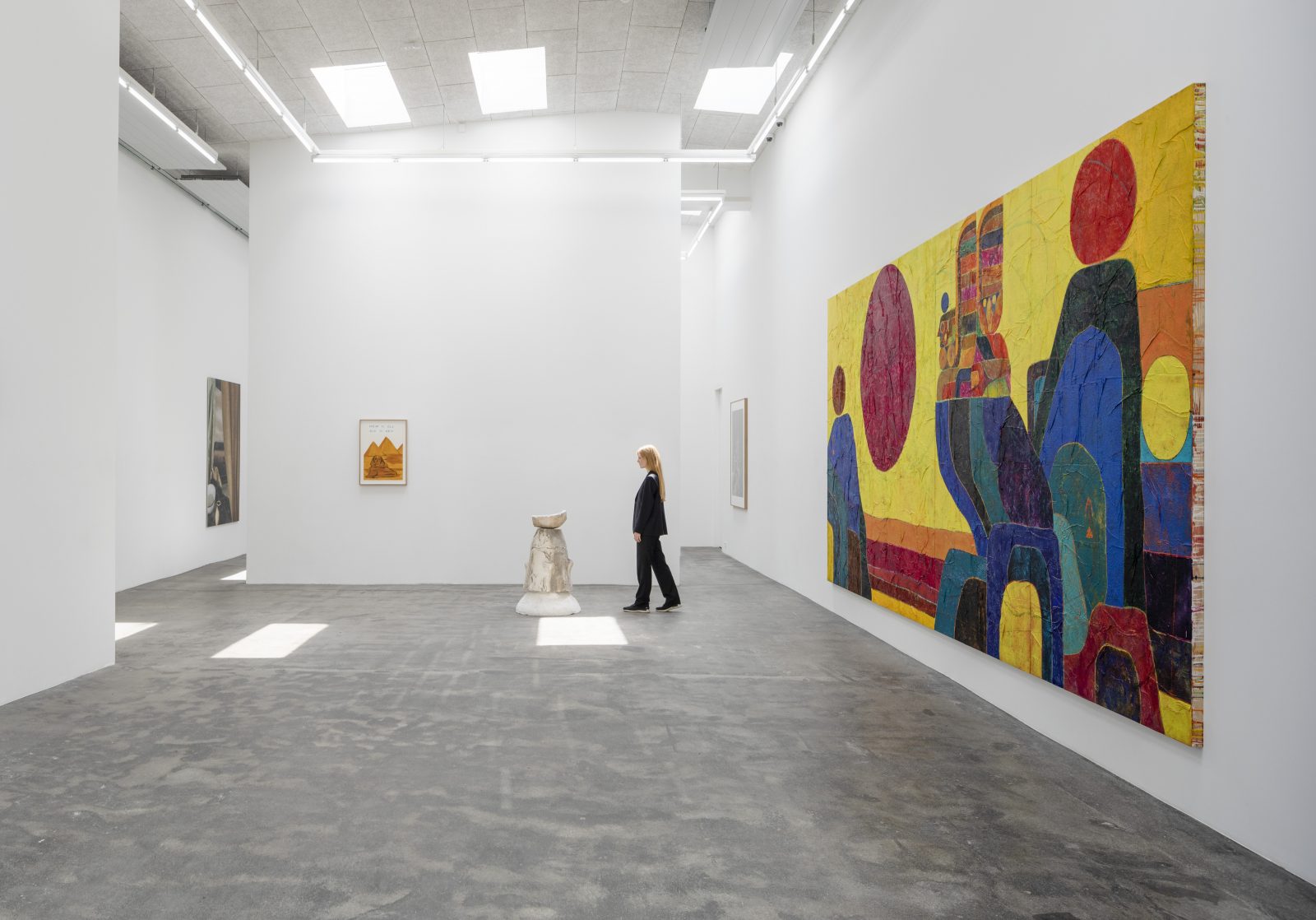
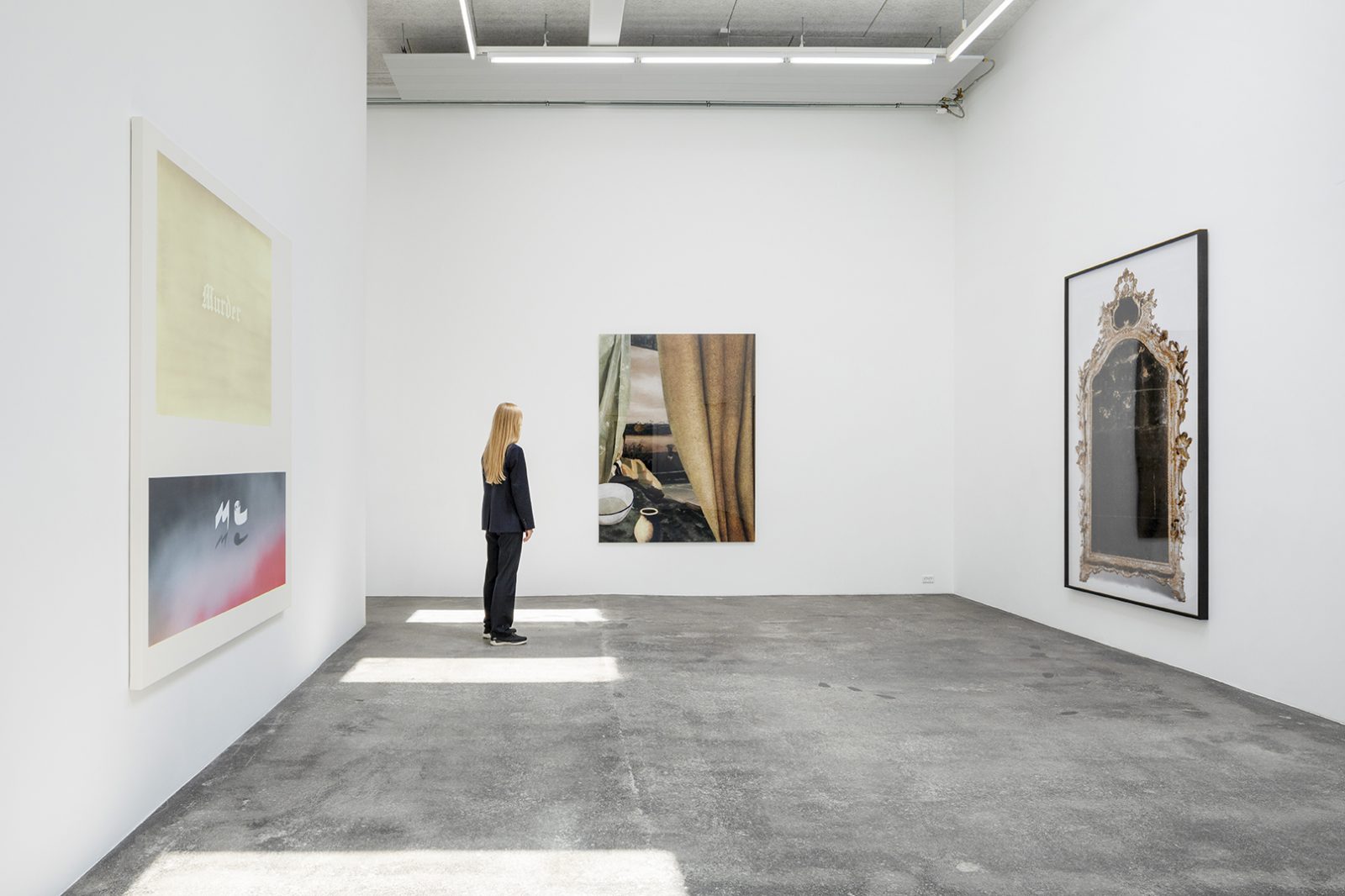
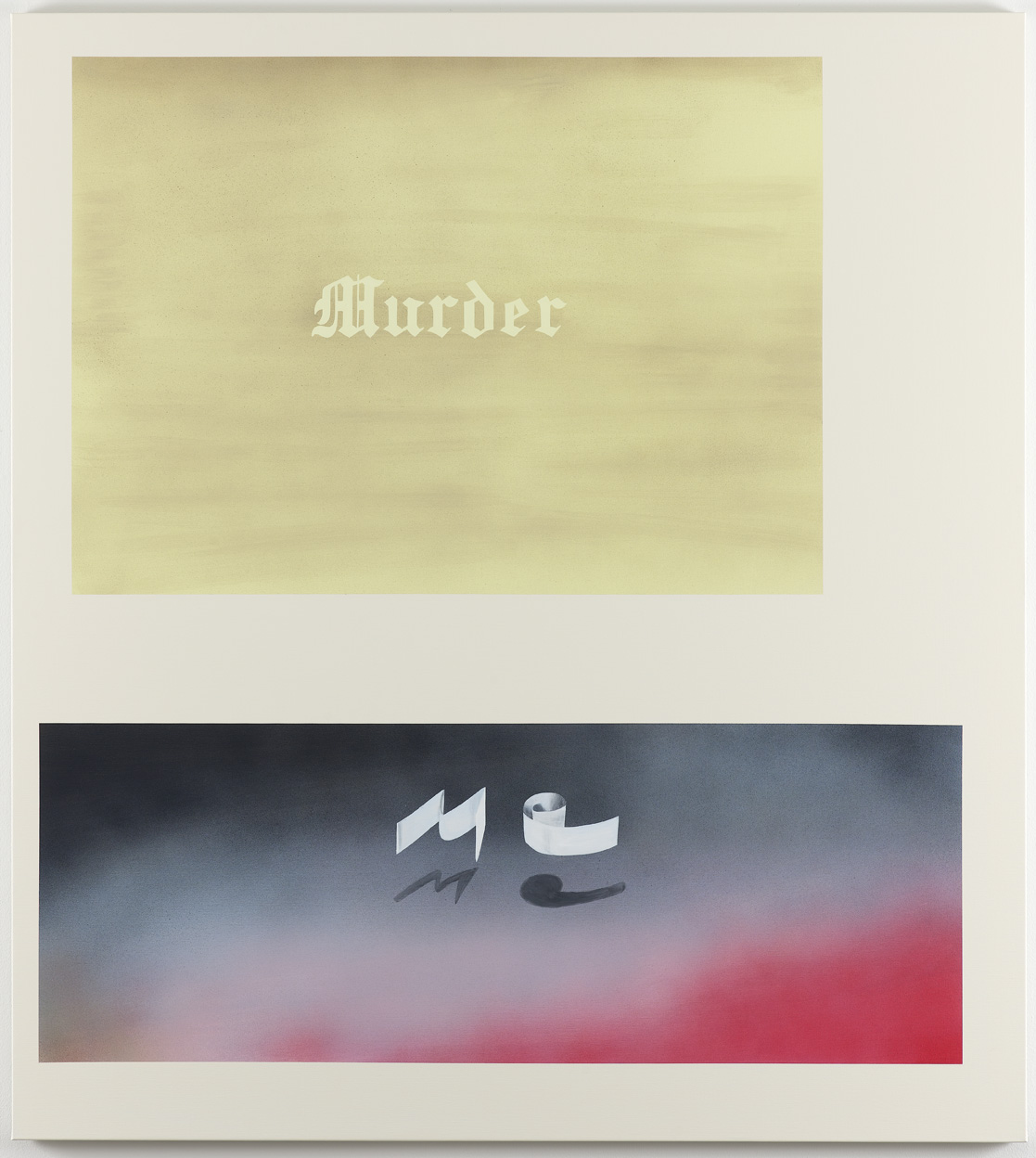
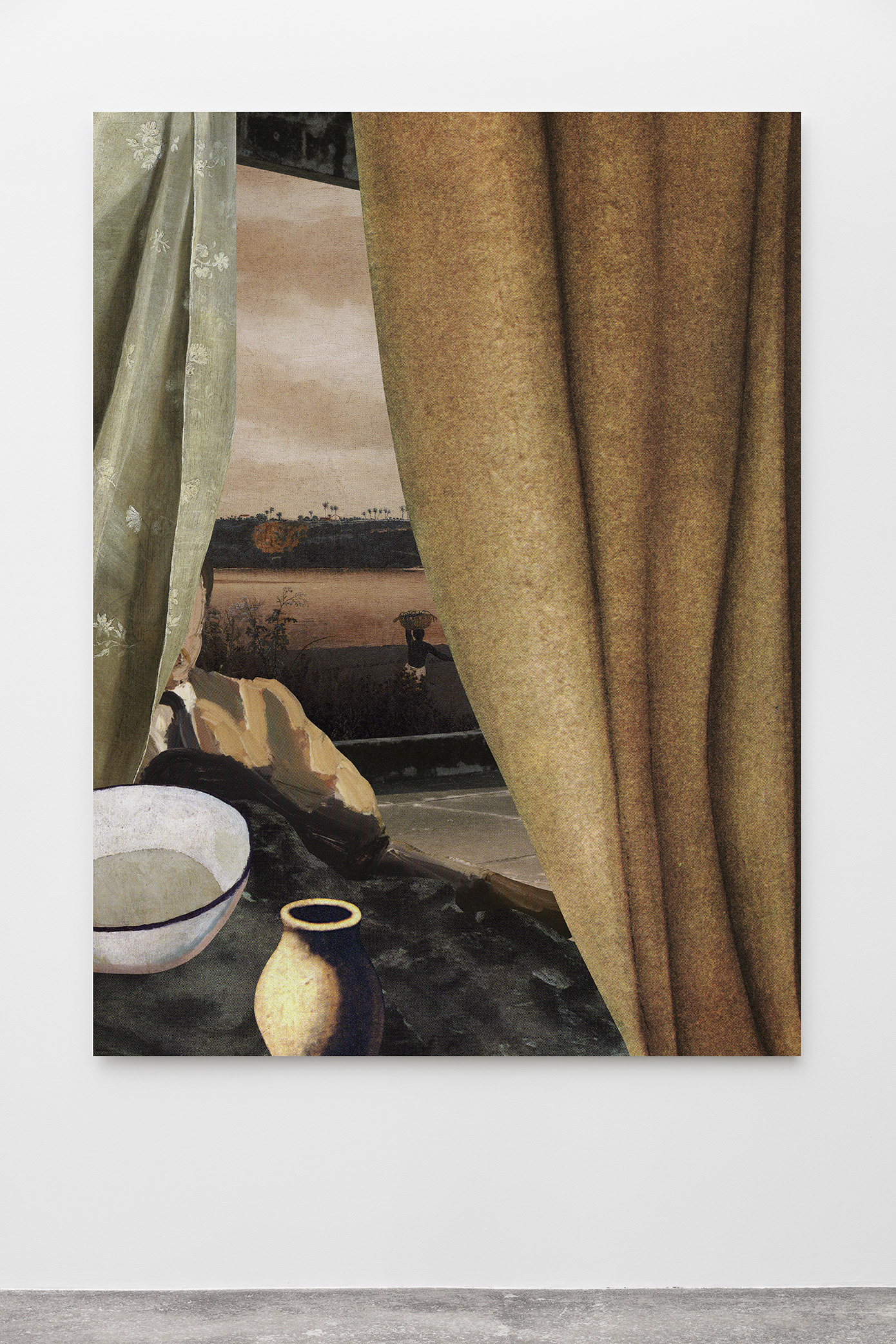
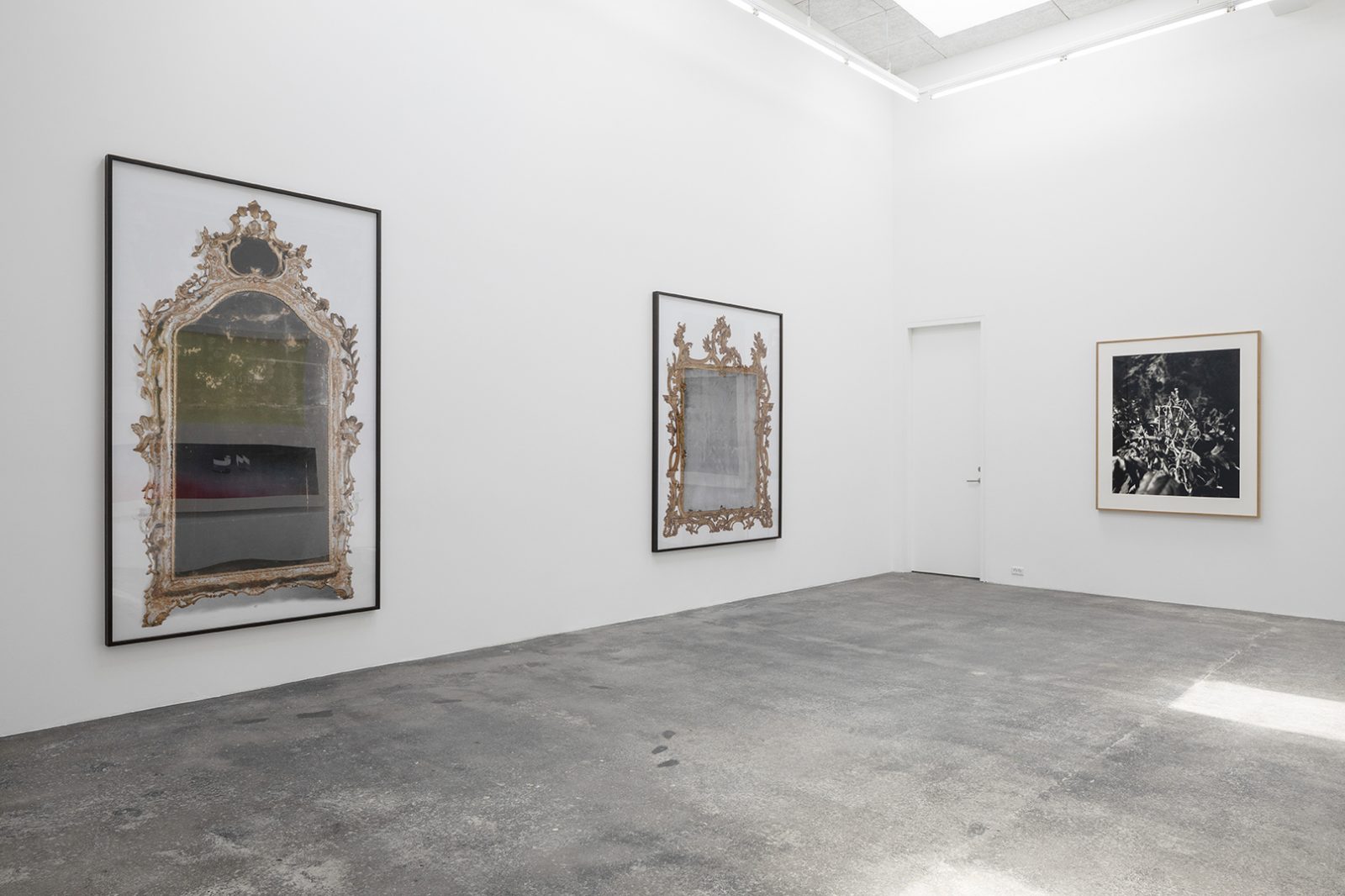
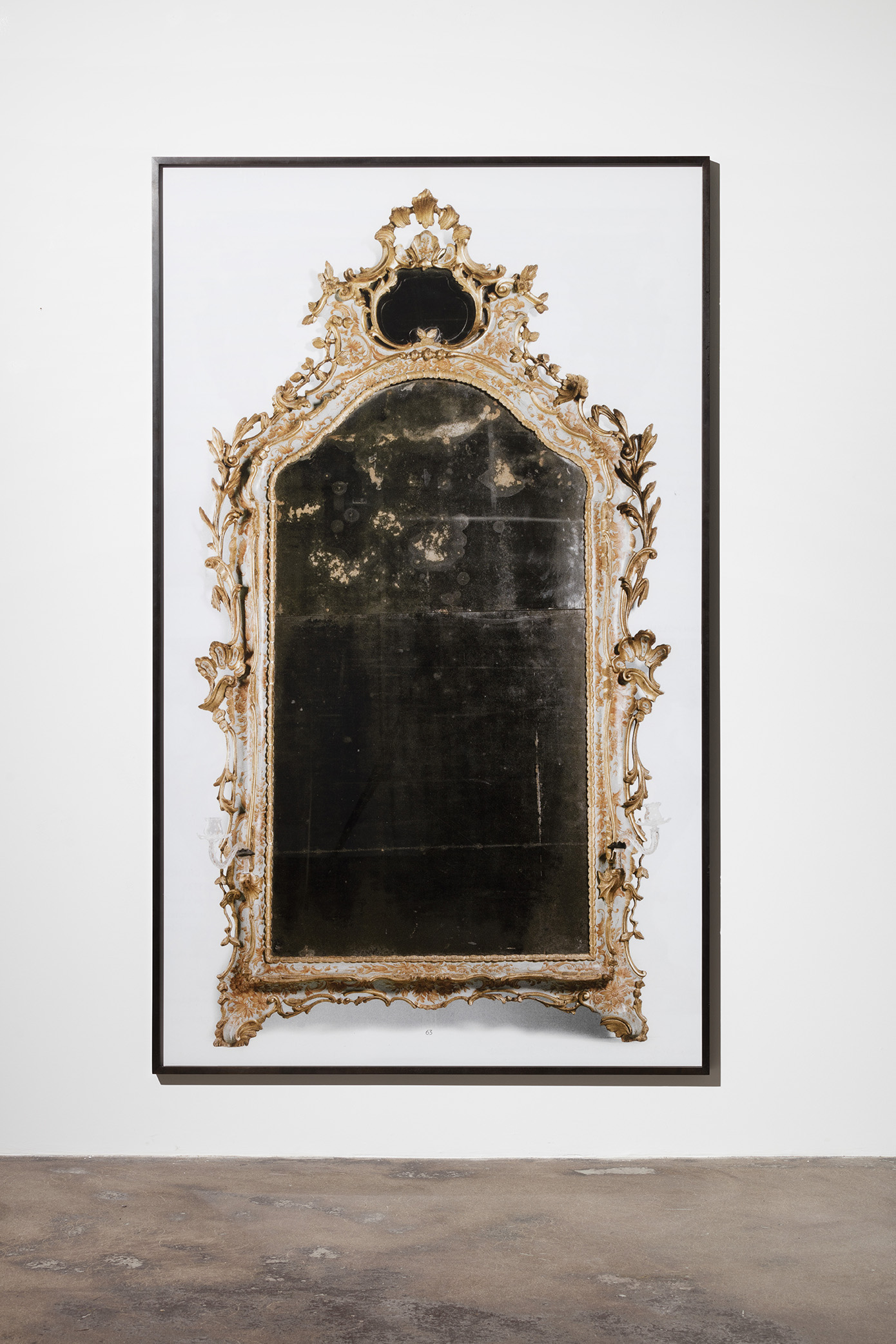

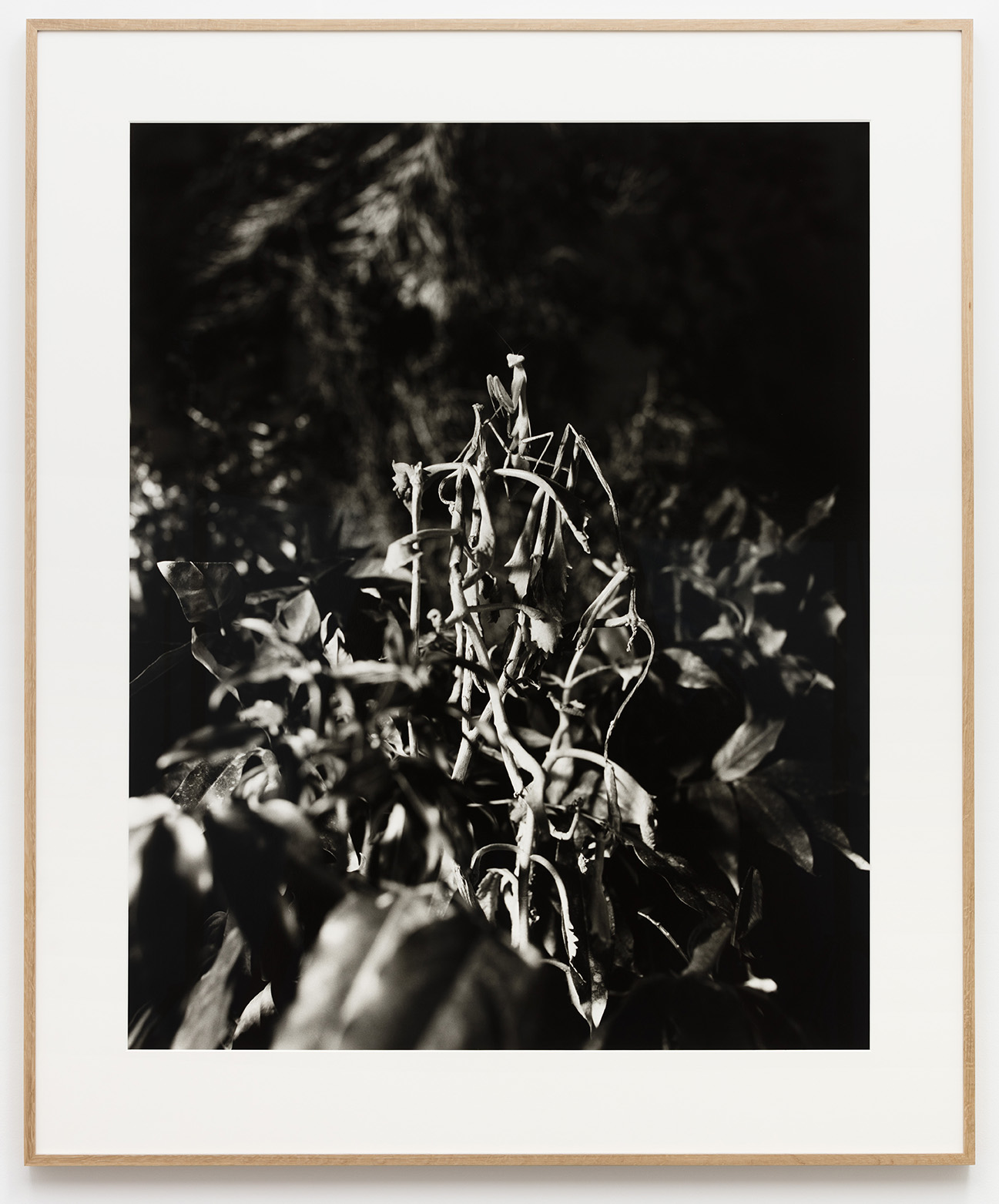
Galleri Nicolai Wallner is pleased to present Summer Show with works by A Kassen, Alexander Tovborg, Chris Johanson, David Shrigley, Jakob Kolding, Joachim Koester, Jonathan Monk, Jose Dávila and Poul Gernes.
In the first room, a visible link runs through the paintings by Alexander Tovborg, Poul Gernes and Chris Johanson as well as David Shrigley’s drawing with the presence of stripes and landscapes. For Poul Gernes, painting systematically with stripes was a way of working around the idea of the artist as integral to the work’s interpretation—essentially removing himself. As such, we are given the space to connect with the work as it is, direct and accessible. This democratic approach is also found within Chris Johanson’s practice, as he has always been interested in the ways in which his art functions outside the normal institutional space, in the world and deeply connected to those who come in contact with it.
Alexander Tovborg’s expansive painting sphinx and nature depicts the Sphinx watching the sun move through a valley. The composition of the work allows us to not only be spectators in the work, as we observe the Sphinx, but take our turn embodying it as well. We create narratives, emotions and thoughts which we attribute to the Sphinx which are entirely imaginary, yet when we look at the work, we cannot help but feel it to be true. This is perhaps the power of Tovborg’s piece—it serves as a poignant reminder of the individuality of our own experiences, while at the same time reminding us of the ease with which we project these experiences onto those around us.
David Shrigley’s Untitled (New is Old Old is New) equally depicts the Sphinx, but in this context reminds us quite literally that what goes around comes around, and that our interest in certain symbols and figures is cyclical. Along these lines, Jose Dávila’s work One in the Other is composed of plaster casting molds. Originally used in the production of ceramics, Dávila has gilded their insides with in gold leaf and grouped them to form a sculpture. Creating new emphasis on the concave forms, there is an almost archeological feeling to the work as their purpose is shifted.
The second room shifts focus, turning both inwards and outwards as ideas of presentation, appropriation, camouflage and hidden meanings are at the forefront. Jakob Kolding’s print Self-Portrait (Middleclass) reveals itself to us in layers and symbols. In a nod to classic portraiture, each element in the work gives us another clue as to their status and character, opening itself up to interpretation and revealing a multiplicity of possible narratives. The main figure remains partially obscured, so much like Tovborg’s use of the Sphinx, Kolding’s subject creates an opportunity for us to both play with the idea of being a spectator as well as the protagonist.
Jonathan Monk’s Murder Me is composed of a collage of two pages ripped from an Ed Ruscha watercolour book. Placed together by Monk, they take on new meanings, removing themselves from Ruscha while at the same time keeping within the coherence of his iconic style. Similarly, A Kassen’s Mirror series is composed of pages scanned from auction catalogues. Scaled up to match the mirrors offered, they become works in themselves, playing with the idea of value and originality, as shadows and outlines of the objects featured on the back page are visible within the work.
The praying mantis insect is at the centre of Joachim Koester’s work. Often idolised to the point of being fetishised, the praying mantis has had a strong and devoted following throughout history, with cults, subcultures and mythology created around it and its rumoured mystical powers. Echoing its mystery, Koester has photographed it almost camouflaged within foliage.
